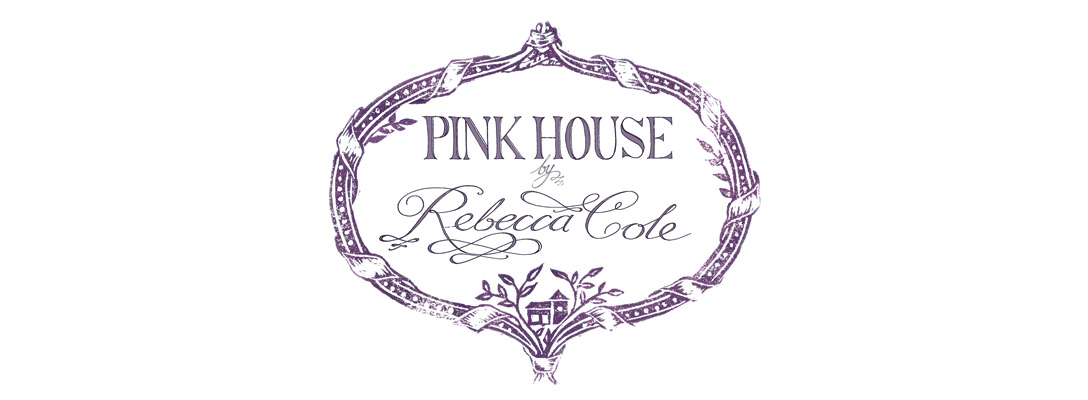The current ‘Opus Anglicanum’ exhibition of Medieval ecclesiastical embroidery at London’s Victoria and Albert Museum took me way back to my student days when I was lucky enough to be of the generation when it was still possible to study Embroidery A’level. My lovely embroidery teacher allowed us to take off on flights of fancy with creative embroidery whilst instilling a respect for the timeless techniques of the past. It is hard nowadays to imagine a state school sixth form running an A’level course with only three students, but at the time we never even questioned it! Alongside our study of artistic and contemporary stitch techniques the history of embroidery was an integral part of the course and I was thoroughly absorbed for a while in the world of ecclesiastical embroidery and it’s techniques. The no photography protocol of the V&A meant me taking out my note book and sketching some of my favourite fragments, and even this was time consuming, leaving me to speculate on the unnumerable hours that were spent actually stitching these pieces!


The language of this exhibition was not unfamiliar to me as a past student of ecclesiastical embroidery, although I did hear several people wondering “What is a ‘chasuble for?” or “Which is the ‘split stitch’ and which is ‘couching’? ” ( A chasuble is the highly decorated tabard that a priest wears over his normal robes whilst celebrating Mass) Split stitch and Couching are shown here:
In the 13th Century, English embroiderers were at the pinnacle of embroidery workmanship. Church and high society aspired to commission their garments from the English embroiderers in London. 
Large embroideries like the Butler Bowden and Syon Copes were made by highly trained professionals, both men and women. They were employed in workshops which were funded by merchants and noble patrons. The merchants took the profits, not the embroiderers who received only modest payments for their work. Most workshops were in London where the necessary capital was available and which was the principal port through which the imported materials arrived. The phrase ‘opus anglicanum’ was first coined to describe the highly-prized and luxurious embroideries made in England of silk and gold and silver thread, full of elaborate biblical imagery.’English Work’ or Opus Anglicanum remained the most sought after work until well into the 15th century.
I was looking forward to the rare opportunity to see ‘up close and personal’ the incredible detail in the embroidered vestements worn in the Medieval Church. I found it sad to think that the hours of work that were put into the embroideries were lost on the congregation, as they would not have had time or opportunity to ‘read’ the pictorial stories depicted on the garments, nor would they have been able to see the minutiae of the stitches that created these incredible works of art. There are exquisite examples of intricate stitching and beautiful fragments of embroidery in this exhibition, but I did feel that it was a missed opportunity on the part of the V&A. In comparison with the recent exhibitions of the past year , this one fits the norm of a dry, old fashioned, ‘museum’ exhibition. I had the impression of wandering amongst embroidery and theological aficionados, who, albeit enthusiastic, certainly did nothing to enliven the atmosphere.
The staging of this exhibition is in a dry, traditional style, some of the beautiful work is presented so far back in the glass cabinets, that it is impossible to make out the details. There are fantastic stories depicted in many of the Church garments, none of which were adequately told in the labelling. The minute stitches really needed to be magnified, but there was no way of doing so. A short film demonstrated the technique of one style of stitching, but was small and nestled between two glass cases, so difficult to see if there were more than two or three people looking. All in all I left, even after my second visit, feeling frustrated at the lack of interactive or engaging display.
However, if you have any interest at all in the world of textiles or history, then this may be the only opportunity for a long while to see such a comprehensive collection of some of the worlds greatest embroidered treasures, so essential viewing !





